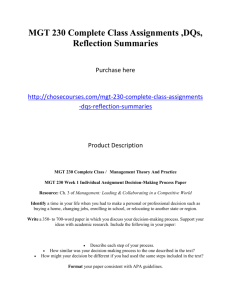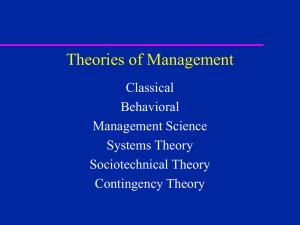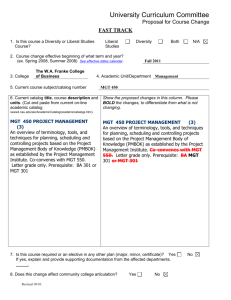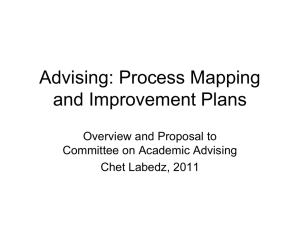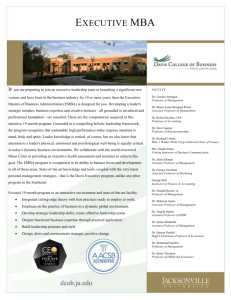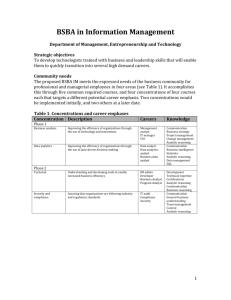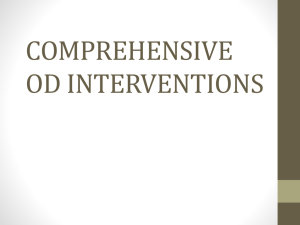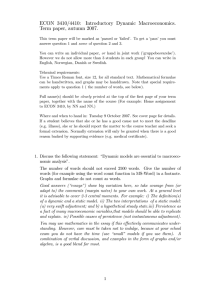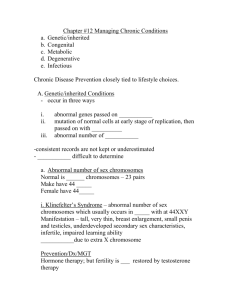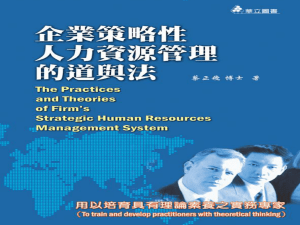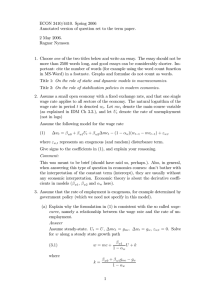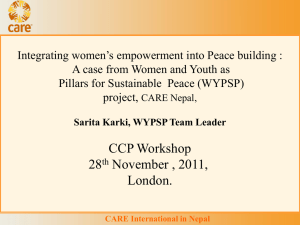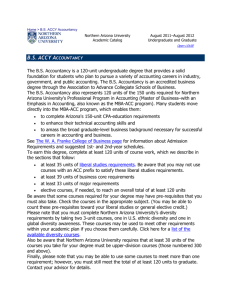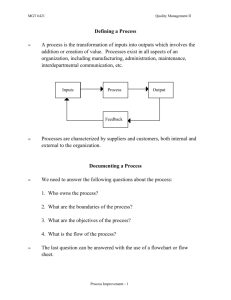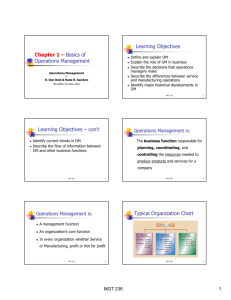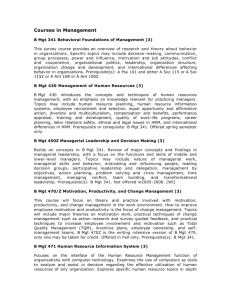Multi-grade & Multi-class Teaching Practices in Nepal By: Mr
advertisement
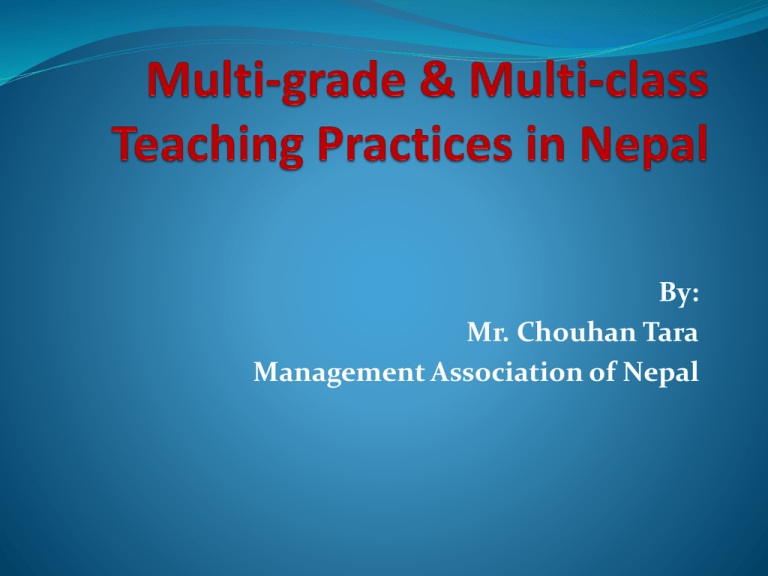
By: Mr. Chouhan Tara Management Association of Nepal Abstract: A teacher may teach the students by combining two full size classes to meet the shortage of teachers, The inadequate supply of teachers as per the fixed student-teacher ratio and inadequate number of classrooms has forced the use of combined teaching as a reality, The need is there to identify some basic specifications and requirements for effective instructional delivery in both multi-grade and multi-class settings. Major Question: What are the policies needed for establishing multi grade and multi-class schools in Nepal? What are the factors that determine a school as an MGT or MCT school? ƒ What are the current issues/problems prevailing in MGT and MCT practices? ƒ What basic specifications are required for the effective arrangement of Multi- grade and multi- class teaching? ƒ What instructional approaches are necessary for MGT and MCT practices in Nepal? Issues/ Challenges in curriculum development MGT/MCT as a pedagogic choice or compulsory practice: Need of appropriate pedagogical training and materials: Curricular adjustment: Availability of educational resources and support materials in the form of teacher input: Teacher’s preparation and knowledge base: Dichotomy of mono-grade and multi-grade teaching: Monitoring and supervision of MGT activity: Lessons Learned As the practice of multi-class and multi-grade is strongly prevailing in the schools of Nepal, MGT/MCT has been considered by majority of the teachers as an unwanted reality, MGT training proved to the teachers is found to be inadequate, As existing primary level curriculum is more subject based and grade oriented. Presented By: Mr. Chouhan, Lecturer in Management Association of Nepal(MAN) and Monitoring Officer Student Financial Assistance Fund Development Board( SFAFDB)

